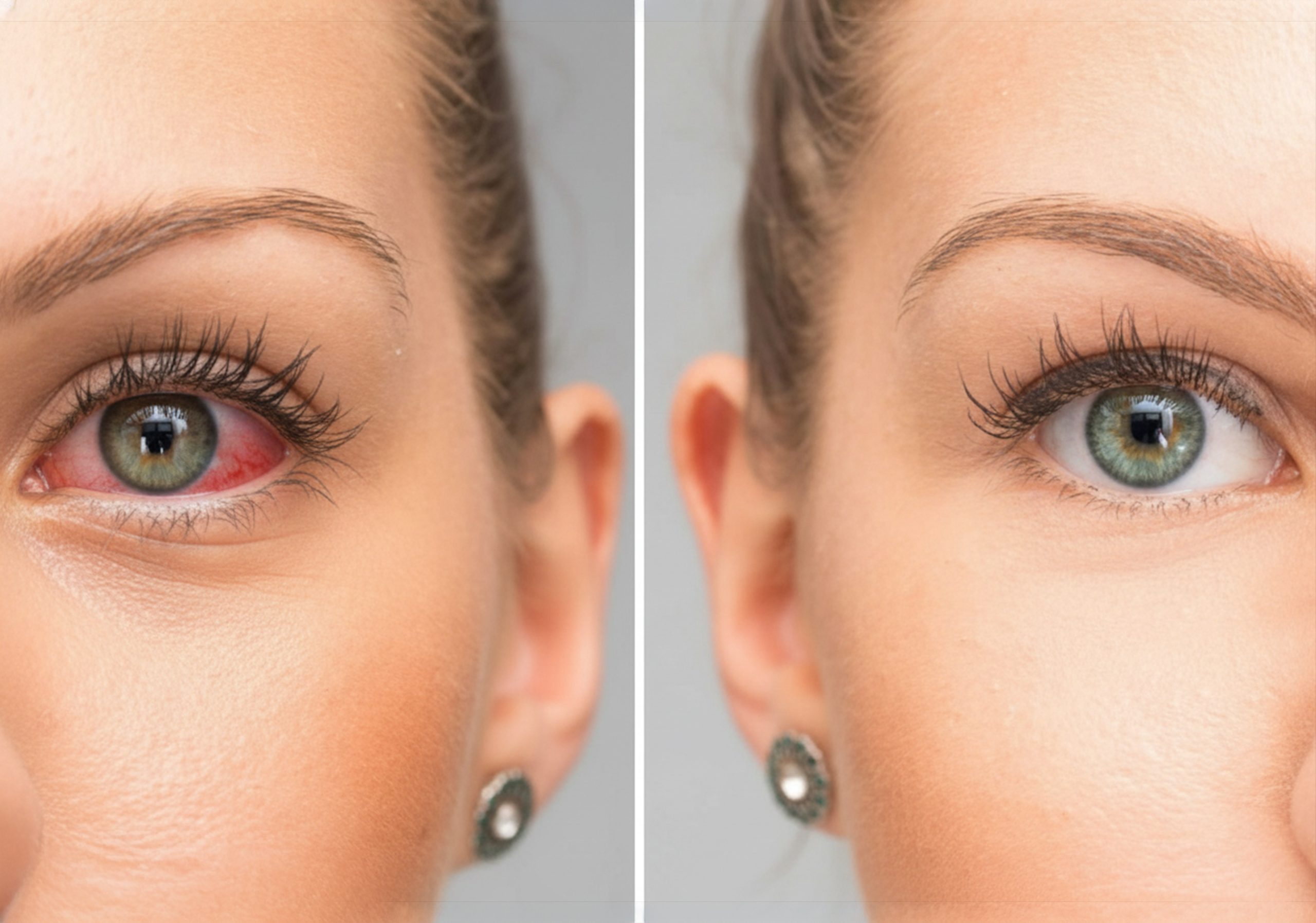Glaucoma is a serious eye condition that can lead to permanent vision loss if left untreated. The good news? With timely diagnosis and proper glaucoma treatment, it can be managed effectively, helping preserve vision and prevent further damage.
This guide breaks down everything you need to know about glaucoma, its management, and surgical treatment options.
Understanding Glaucoma
Glaucoma is a group of eye disorders that damage the optic nerve — the part of your eye responsible for sending visual signals to your brain. This damage is often caused by elevated intraocular pressure (IOP), or pressure inside the eye.
If left untreated, this pressure can gradually destroy the optic nerve fibers, resulting in irreversible vision loss.
While anyone can develop glaucoma, it’s more common in people over 60, those with a family history of the disease, and individuals with diabetes or high blood pressure.
Glaucoma Management
The goal of glaucoma management is simple — to reduce eye pressure and prevent further optic nerve damage. Depending on the type and severity of the condition, this can be achieved through medication, laser therapy, or surgery.
1. Eye Drops and Medications
Medicated eye drops are typically the first line of treatment. They work by either reducing fluid production in the eye or improving fluid drainage.
Common types of eye drops include:
- Prostaglandin analogs (e.g., latanoprost, bimatoprost) – increase fluid outflow.
- Beta blockers (e.g., timolol) – reduce fluid production.
- Alpha agonists (e.g., brimonidine) – decrease fluid production and increase drainage.
- Carbonic anhydrase inhibitors – lower fluid production.
Oral medications may also be prescribed if eye drops alone don’t sufficiently lower pressure.
Note: Always use glaucoma medications exactly as prescribed. Skipping doses or inconsistent use can cause pressure spikes that lead to vision damage.
2. Laser Treatments
If medications aren’t enough, laser therapy can be an effective next step. Laser treatments are minimally invasive and often performed in a doctor’s office.
Common types include:
- Laser trabeculoplasty: Used for open-angle glaucoma to improve fluid drainage.
- Laser iridotomy: Used for angle-closure glaucoma to create a small hole in the iris, allowing fluid to flow freely.
- Cyclophotocoagulation: Lowers eye pressure by reducing fluid production in the eye.
These procedures can be repeated if pressure begins to rise again over time.
Glaucoma Surgery
When medications and laser treatments fail to adequately control intraocular pressure, surgery may be recommended. Modern glaucoma surgery is highly effective and often minimally invasive.
1. Trabeculectomy
A trabeculectomy creates a new drainage channel for the eye’s fluid to leave, lowering eye pressure. It’s one of the most common types of glaucoma surgery and can help reduce the need for medications afterward.
2. Glaucoma Drainage Implants
In this procedure, a tiny drainage device is implanted into the eye to help fluid escape more efficiently. These implants are especially useful in patients with advanced or complex glaucoma cases.
3. Minimally Invasive Glaucoma Surgery (MIGS)
MIGS procedures are newer, less invasive options that offer faster recovery times. They’re typically performed during cataract surgery and are designed to reduce IOP with fewer complications.
Recovery and Aftercare
After surgery, you may experience mild discomfort, redness, or blurry vision for a few days. It’s essential to follow all post-operative instructions and attend regular check-ups to monitor healing and ensure eye pressure remains stable.
Frequently Asked Questions
Eye drops are typically the first choice for most patients. They effectively reduce intraocular pressure and help prevent further optic nerve damage.
Possible side effects include temporary blurred vision, infection, or fluctuations in eye pressure. Most patients recover well with proper care and follow-up visits.
There’s currently no cure for glaucoma, but treatment can slow or stop its progression, preserving vision for many years.
Regular monitoring is critical. Most patients should see their ophthalmologist every 3–6 months to track eye pressure and optic nerve health.
Conclusion
Glaucoma can be managed effectively with early detection, consistent treatment, and proper follow-up care. Whether through medications, laser therapy, or surgery, the goal remains the same — to protect your vision and maintain your quality of life.
If you suspect you may have glaucoma or have been diagnosed and need guidance, don’t wait. Early treatment can make all the difference.
Take action today — Book an Eye Examination or Consult an expert Ophthalmologist to discuss the best glaucoma treatment options for you.



